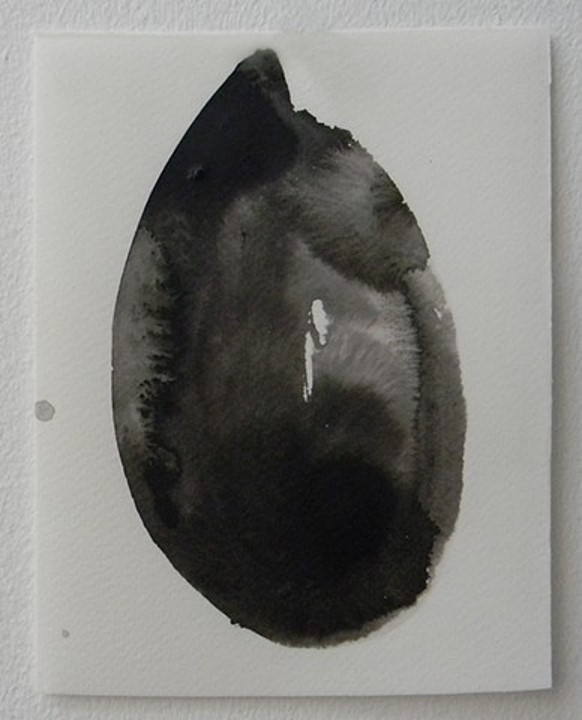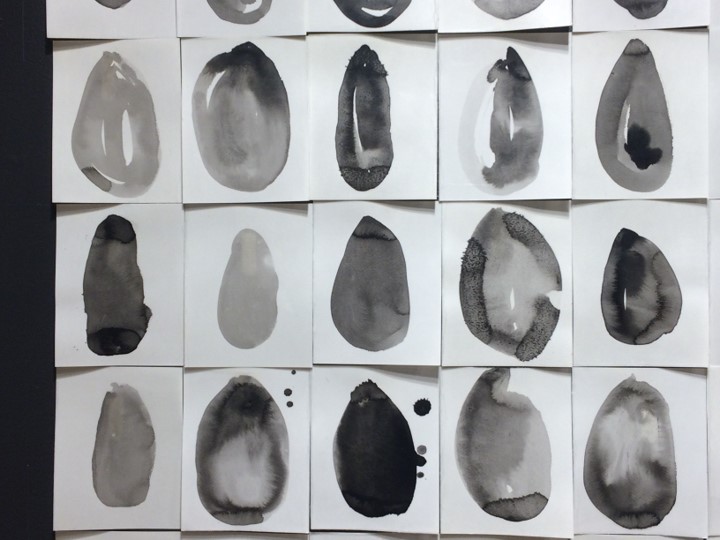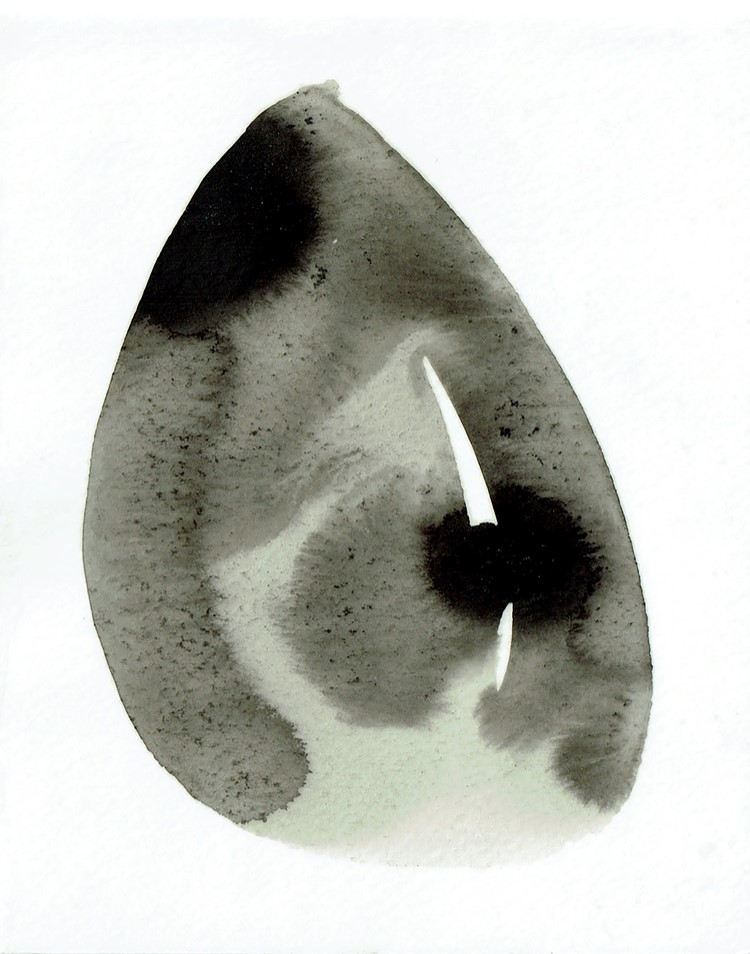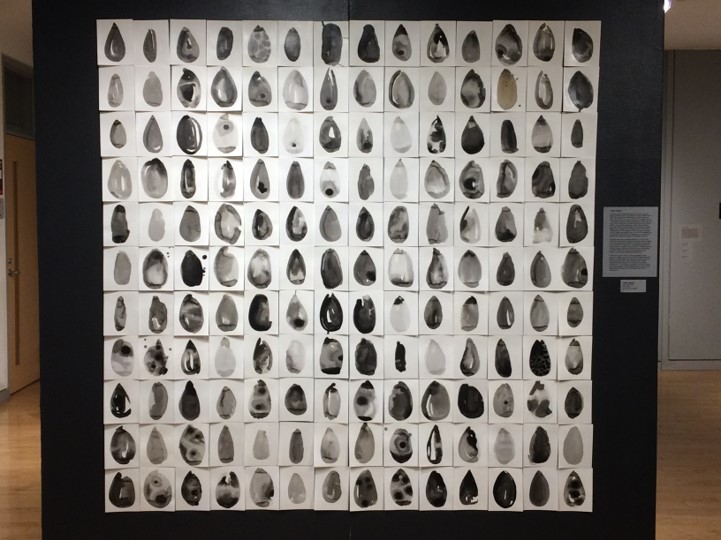Artist Statement
A volume of James Baldwin’s lesser known verses, “Jimmy’s Blues and Other Poems,” inspired the creation of Black Tears in 2015. His writings chronicled the legacy of racial injustice in 20th-century America as well as his personal struggles with the homophobia of that era. While responding to his work with my own, I was struck by the parallels between the racial strife that Baldwin wrote about decades ago and the violence inflicted upon black bodies in America today. The widespread protests against these incidents in 2014-16 gave voice to our country’s collective sorrow. As I reflected on this communal expression of grief, I began drawing black tears as a way to contemplate my own sadness. It soon became a meditative act, a process that allowed me to grieve and create a visual elegy for the loss.




Artist Biography
Toby Sisson earned her MFA from the University of Minnesota, Twin Cities, and is associate professor and director of the Studio Art Program at Clark University in Worcester, Massachusetts. In addition to drawing, painting and printmaking, Sisson’s areas of specialization include community-based service learning and collaborative public art projects. Her creative research focuses on issues of history, place, and identity within the context of race and ethnicity. She exhibits her work internationally, including the Teda Contemporary Art Museum, Tianjin, China; The Hunterdon Art Museum, Clinton, New Jersey; and the Provincetown Art Association and Museum, Provincetown, Massachusetts. Her work is in numerous public and private collections; among them, Brown University in Rhode Island and the Worcester Art Museum in Massachusetts. Toby Sisson’s home and studio practice are located in Providence, Rhode Island.
